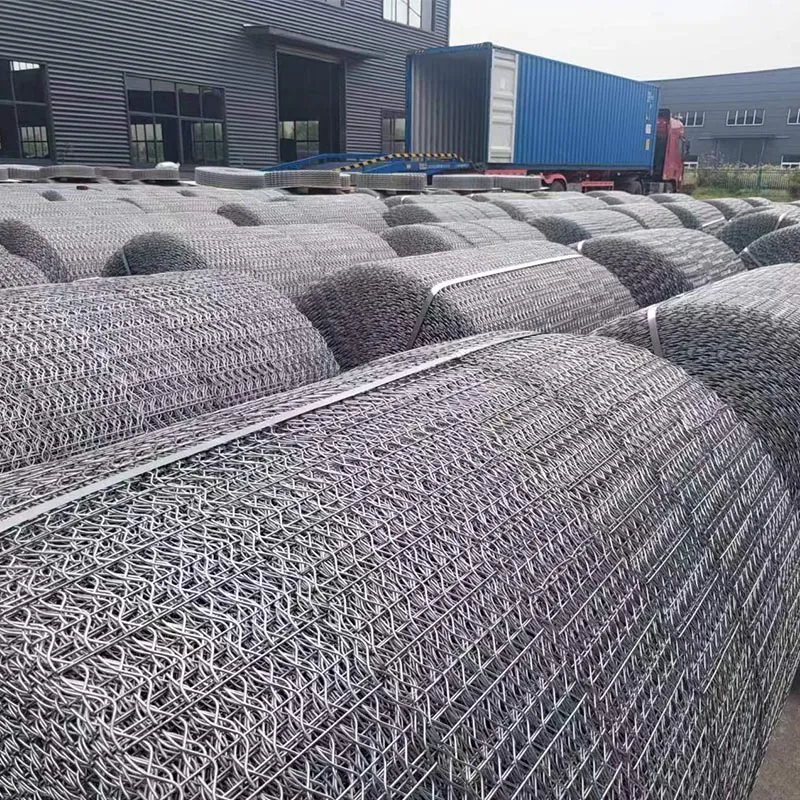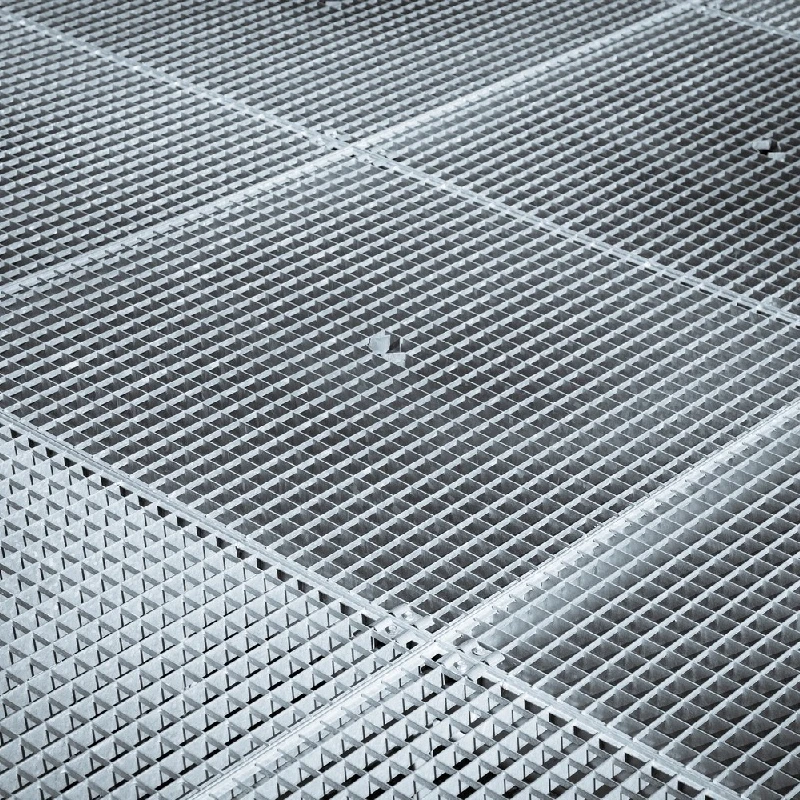- Industrial zone, South of Anping Town, Hengshui, Hebei, China.
- sales@hfpetromesh.com
- +86-18931809706
 Afrikaans
Afrikaans  Albanian
Albanian  Amharic
Amharic  Arabic
Arabic  Armenian
Armenian  Azerbaijani
Azerbaijani  Basque
Basque  Belarusian
Belarusian  Bengali
Bengali  Bosnian
Bosnian  Bulgarian
Bulgarian  Catalan
Catalan  Cebuano
Cebuano  Corsican
Corsican  Croatian
Croatian  Czech
Czech  Danish
Danish  Dutch
Dutch  English
English  Esperanto
Esperanto  Estonian
Estonian  Finnish
Finnish  French
French  Frisian
Frisian  Galician
Galician  Georgian
Georgian  German
German  Greek
Greek  Gujarati
Gujarati  Haitian Creole
Haitian Creole  hausa
hausa  hawaiian
hawaiian  Hebrew
Hebrew  Hindi
Hindi  Miao
Miao  Hungarian
Hungarian  Icelandic
Icelandic  igbo
igbo  Indonesian
Indonesian  irish
irish  Italian
Italian  Japanese
Japanese  Javanese
Javanese  Kannada
Kannada  kazakh
kazakh  Khmer
Khmer  Rwandese
Rwandese  Korean
Korean  Kurdish
Kurdish  Kyrgyz
Kyrgyz  Lao
Lao  Latin
Latin  Latvian
Latvian  Lithuanian
Lithuanian  Luxembourgish
Luxembourgish  Macedonian
Macedonian  Malgashi
Malgashi  Malay
Malay  Malayalam
Malayalam  Maltese
Maltese  Maori
Maori  Marathi
Marathi  Mongolian
Mongolian  Myanmar
Myanmar  Nepali
Nepali  Norwegian
Norwegian  Norwegian
Norwegian  Occitan
Occitan  Pashto
Pashto  Persian
Persian  Polish
Polish  Portuguese
Portuguese  Punjabi
Punjabi  Romanian
Romanian  Russian
Russian  Samoan
Samoan  Scottish Gaelic
Scottish Gaelic  Serbian
Serbian  Sesotho
Sesotho  Shona
Shona  Sindhi
Sindhi  Sinhala
Sinhala  Slovak
Slovak  Slovenian
Slovenian  Somali
Somali  Spanish
Spanish  Sundanese
Sundanese  Swahili
Swahili  Swedish
Swedish  Tagalog
Tagalog  Tajik
Tajik  Tamil
Tamil  Tatar
Tatar  Telugu
Telugu  Thai
Thai  Turkish
Turkish  Turkmen
Turkmen  Ukrainian
Ukrainian  Urdu
Urdu  Uighur
Uighur  Uzbek
Uzbek  Vietnamese
Vietnamese  Welsh
Welsh  Bantu
Bantu  Yiddish
Yiddish  Yoruba
Yoruba  Zulu
Zulu
- Afrikaans
- Albanian
- Amharic
- Arabic
- Armenian
- Azerbaijani
- Basque
- Belarusian
- Bengali
- Bosnian
- Bulgarian
- Catalan
- Cebuano
- Corsican
- Croatian
- Czech
- Danish
- Dutch
- English
- Esperanto
- Estonian
- Finnish
- French
- Frisian
- Galician
- Georgian
- German
- Greek
- Gujarati
- Haitian Creole
- hausa
- hawaiian
- Hebrew
- Hindi
- Miao
- Hungarian
- Icelandic
- igbo
- Indonesian
- irish
- Italian
- Japanese
- Javanese
- Kannada
- kazakh
- Khmer
- Rwandese
- Korean
- Kurdish
- Kyrgyz
- Lao
- Latin
- Latvian
- Lithuanian
- Luxembourgish
- Macedonian
- Malgashi
- Malay
- Malayalam
- Maltese
- Maori
- Marathi
- Mongolian
- Myanmar
- Nepali
- Norwegian
- Norwegian
- Occitan
- Pashto
- Persian
- Polish
- Portuguese
- Punjabi
- Romanian
- Russian
- Samoan
- Scottish Gaelic
- Serbian
- Sesotho
- Shona
- Sindhi
- Sinhala
- Slovak
- Slovenian
- Somali
- Spanish
- Sundanese
- Swahili
- Swedish
- Tagalog
- Tajik
- Tamil
- Tatar
- Telugu
- Thai
- Turkish
- Turkmen
- Ukrainian
- Urdu
- Uighur
- Uzbek
- Vietnamese
- Welsh
- Bantu
- Yiddish
- Yoruba
- Zulu
फरवरी . 14, 2025 12:36
Back to list
bar grating cost
Navigating the intricacies of bar grating pricing requires an understanding rooted in experience and expertise, coupled with a nod toward the trustworthiness and authority of the information provided. As an essential component in various industrial and architectural applications, the cost of bar grating is influenced by myriad factors, making the journey toward purchasing a wise investment of both time and resources.
Supply chain dynamics and market fluctuations also play a pivotal role in determining price. As with many materials, the cost of raw materials such as steel and aluminum can fluctuate based on global economic conditions, affecting overall pricing. Moreover, logistical considerations—including manufacturing location, shipping distance, and delivery speed—add another layer of complexity, emphasizing the necessity of understanding how and why prices vary from one supplier to another. Navigating supplier credibility is critical in the purchasing decision-making process. Choosing a supplier with a robust track record, positive reviews, and a transparent pricing model can heighten the sense of reliability and security in the purchase. Engaging with suppliers that offer comprehensive support, including consultation and customization services, can enhance the overall investment value, outweighing initial cost considerations. Ensuring value in bar grating procurement, beyond initial costs, involves considering aspects such as long-term durability, maintenance requirements, and the total life cycle of the product. Investing in high-quality grating, though more costly at the outset, often results in savings by minimizing replacements and repairs over time, not to mention reducing potential hazards associated with product failure. As the demand and technology surrounding bar grating continue to evolve, staying informed about innovations in material science and manufacturing techniques can provide purchasers with a strategic advantage. Emerging technologies such as enhanced corrosion-resistant coatings or eco-friendly production processes not only offer functional benefits but can also align with broader organizational sustainability goals, indirectly influencing cost strategies. In conclusion, understanding bar grating costs requires a seamless blend of experience, expertise, and authoritative insight, grounded in trustworthiness concerning both product and supplier. By considering material type, manufacturing method, customization, and supplier credibility, purchasers can not only navigate the complexities of cost efficiently but also make informed decisions that yield long-term benefits both economically and functionally.


Supply chain dynamics and market fluctuations also play a pivotal role in determining price. As with many materials, the cost of raw materials such as steel and aluminum can fluctuate based on global economic conditions, affecting overall pricing. Moreover, logistical considerations—including manufacturing location, shipping distance, and delivery speed—add another layer of complexity, emphasizing the necessity of understanding how and why prices vary from one supplier to another. Navigating supplier credibility is critical in the purchasing decision-making process. Choosing a supplier with a robust track record, positive reviews, and a transparent pricing model can heighten the sense of reliability and security in the purchase. Engaging with suppliers that offer comprehensive support, including consultation and customization services, can enhance the overall investment value, outweighing initial cost considerations. Ensuring value in bar grating procurement, beyond initial costs, involves considering aspects such as long-term durability, maintenance requirements, and the total life cycle of the product. Investing in high-quality grating, though more costly at the outset, often results in savings by minimizing replacements and repairs over time, not to mention reducing potential hazards associated with product failure. As the demand and technology surrounding bar grating continue to evolve, staying informed about innovations in material science and manufacturing techniques can provide purchasers with a strategic advantage. Emerging technologies such as enhanced corrosion-resistant coatings or eco-friendly production processes not only offer functional benefits but can also align with broader organizational sustainability goals, indirectly influencing cost strategies. In conclusion, understanding bar grating costs requires a seamless blend of experience, expertise, and authoritative insight, grounded in trustworthiness concerning both product and supplier. By considering material type, manufacturing method, customization, and supplier credibility, purchasers can not only navigate the complexities of cost efficiently but also make informed decisions that yield long-term benefits both economically and functionally.
Share
Prev:
Next:
Latest news
-
Welded Steel Bar Grating: The Rugged Industrial Flooring Solution Built for Load and LongevityNewsJun.24,2025
-
Steel Walkway Grating: Reliable, Resilient, and Built for Every StepNewsJun.24,2025
-
Shale Shaker Screen for Sale: Optimize Drilling Efficiency with Precision Screening PowerNewsJun.24,2025
-
Shaker Screen for Sale: Elevate Your Drilling Efficiency with Durable Separation SolutionsNewsJun.24,2025
-
Press Locked Steel Grating: Industrial Strength with Precision Fit for Heavy-Duty ApplicationsNewsJun.24,2025
-
Perimeter Safety Netting: The Critical Safety Upgrade for Every HelipadNewsJun.24,2025